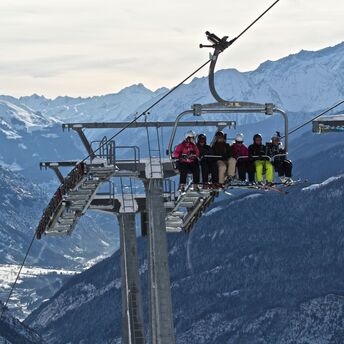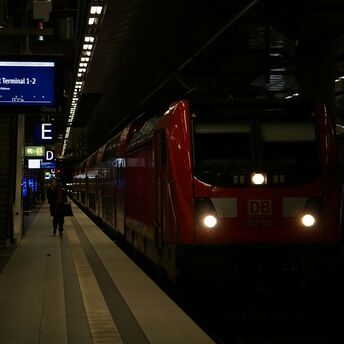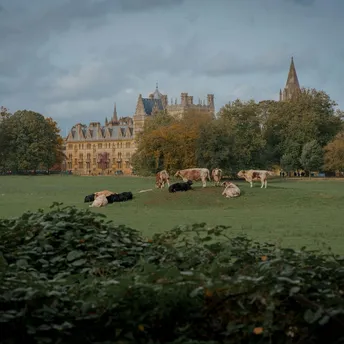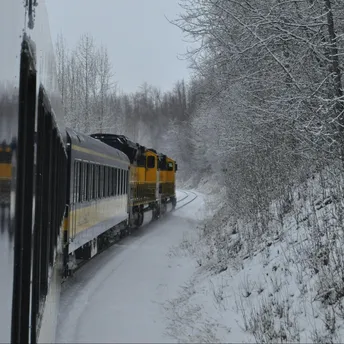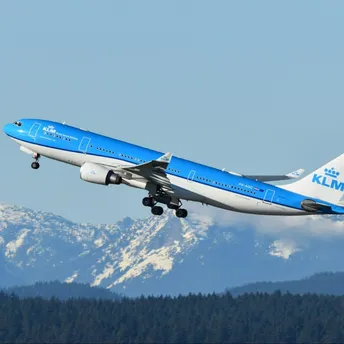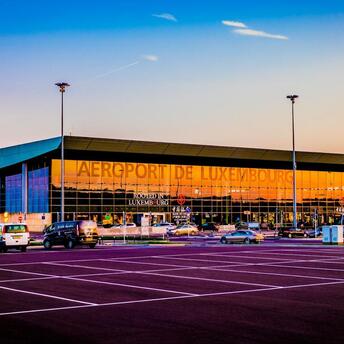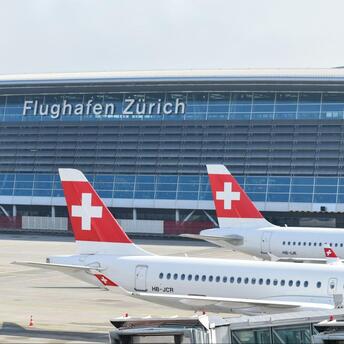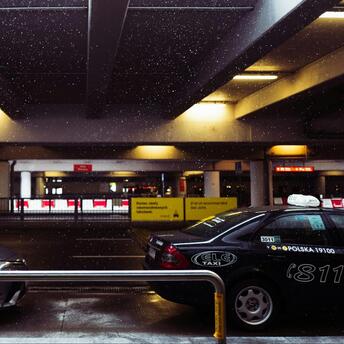Buzludzha Monument Set for Restoration: New Prospects for Tourism
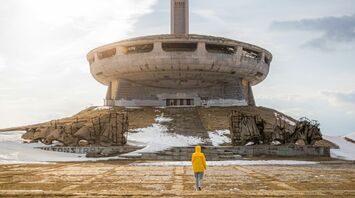
The Buzludzha Monument in Bulgaria, designed in the shape of a UFO, has long remained a symbol of the socialist era. Built between 1971 and 1984 to honor the Bulgarian Socialist Party, it was abandoned after the fall of the communist regime. Despite this, the monument attracts around 50,000 tourists annually, and the local government now plans to hold a referendum to purchase and restore the site using €3.5 million from European Union funds.
Private restorers began work in 2020, focusing on preserving the interior mosaics depicting prominent leaders of the communist era. These initial restoration efforts are an important step, but the monument remains a site with a politically charged history. Soon, local authorities will decide whether they should take on the responsibility of restoring the landmark and transforming it into a tourist attraction.
For those interested in similar historical landmarks, the Valley of the Thracian Kings near Kazanlak or the Soviet Memorial in Berlin are worth visiting. The Valley of the Thracian Kings holds numerous ancient tombs and unique burial sites that reveal Bulgaria’s rich cultural heritage. Meanwhile, the Soviet Memorial in Berlin offers tourists the opportunity to explore the history of the Soviet Union and its role in World War II.
Another option for fans of post-communist architecture is the Palace of the Parliament in Bucharest, Romania. It is the second-largest administrative building in the world and reflects the architectural ambitions of the communist era. Equally impressive is the House of the People in Belgrade, Serbia, known for its scale and historical significance.
For tourists, the restoration of the Buzludzha Monument will provide a unique opportunity to learn about Bulgaria’s history and deepen their understanding of its political past. Additionally, the restoration has the potential to boost tourism in the region, which will positively impact the local economy. The restoration will also help preserve the monument’s cultural heritage and encourage further study of the events of that time.
The revival of landmarks like Buzludzha is part of a broader European trend to preserve architectural sites with historical and political significance. For travelers, this means access to new and restored places where history can be explored from a fresh perspective. This process helps increase the tourism appeal of regions and preserve important cultural sites for future generations.




